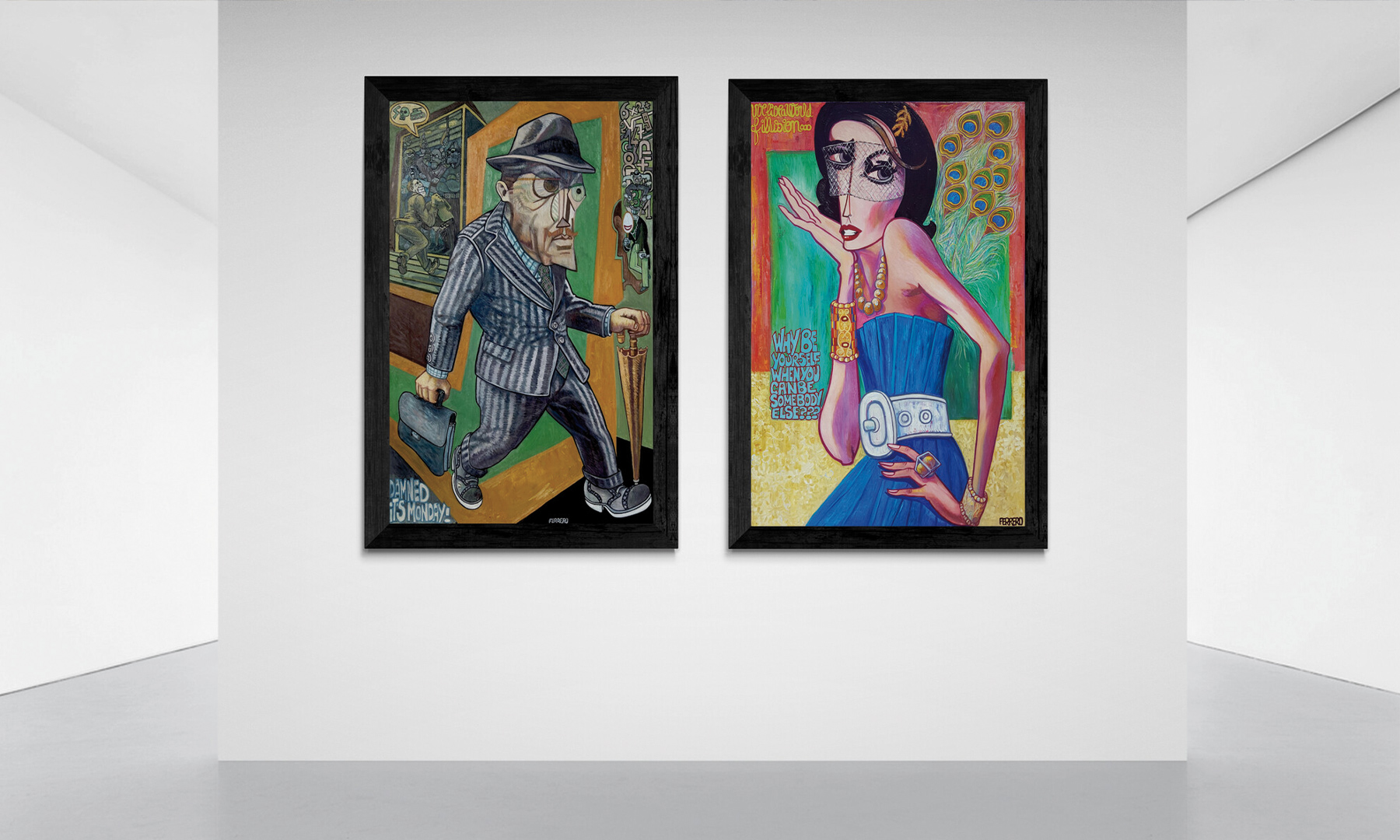
The use of geometric forms gives cubist works a static appearance. My research in terms of graphic evolution immediately focused on creating Cubist works in motion. The other essential point that drew my attention was the extraordinary potential of cubism when it comes to creating certain types of character: geometric lines and disproportionate limbs are perfectly suited to extravagant figures.
But by enlarging the proportion of the eyes and diminishing certain features, you can just as easily create peaceful characters with a childlike look. Cubism had never explored the potential of recurring characters within a single work.
The techniques of cubism fit perfectly with certain aspects of my work, particularly the villains, and when mixed with other graphics, they create improbable scaffolding that attracts the public's attention, and I love that.
When I was young, I had absolutely no interest in PICASSO, I was interested in the Italian Renaissance painters, but when I started spending hours and hours and days and days in front of my creations, I quickly understood the power of cubism, which offered me a new adventure. Cubism changes the rules of volume and form in space, and imposes no limits.